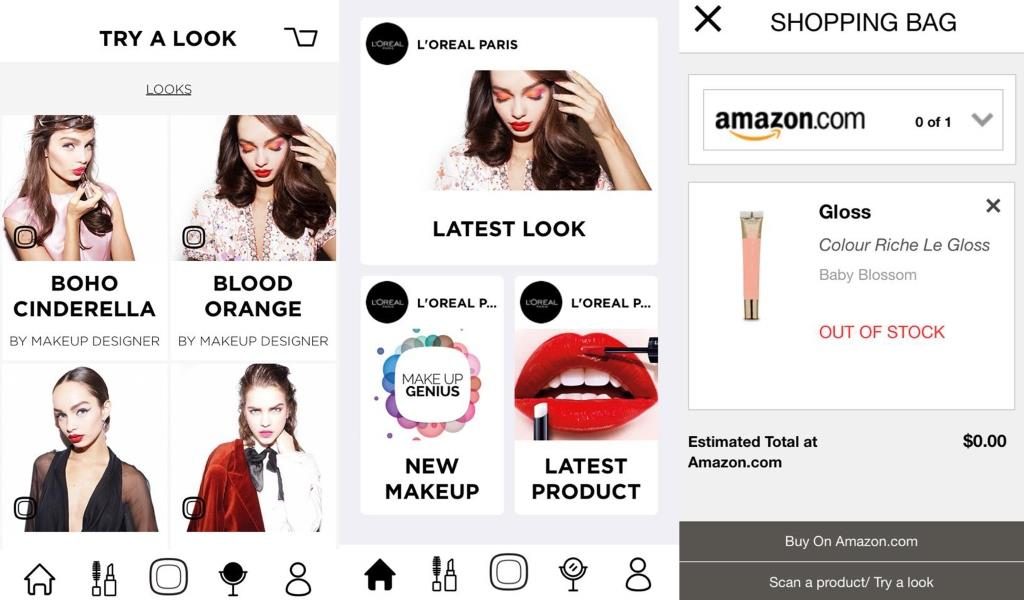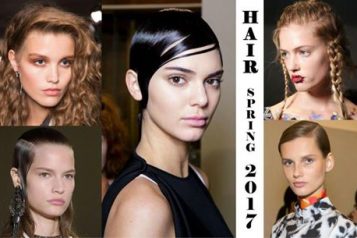
The app has been available since early 2014, but I discovered it just recently. Updated over a dozen of times for two years, L’Oreal’s Makeup Genius turned my phone’s front camera into a de-facto mirror, enhanced with complex face-recognition algorithms that the movie and gaming industry have utilized. It let me “try on” a slew of beauty products – from blushes to mascaras. Overwhelmed with picking lipsticks and eyeshadows, I opted for the 10 ready-made looks. Never had I in real life slicked up so quickly, so precisely. If I liked what I saw on my screen, I could proceed and purchase the items.
More than an alluring make-believe, the Makeup Genius is a crafty digital marketing device. It is also a fine example of how the advent of technology has swept the beauty industry, which has historically risen on the demand to touch, smell and try cosmetics. As explained in a 2015 report by Euromonitor, digital innovations have upended the way we care for our skin, engage and select products and treatments and pay for them. With customers flocking to the online and mobile realms, proactive brands scurry to deliver.
In this regard, French beauty behemoth L’Oreal – with its extensive portfolio of luxe, mass and professional labels – has blazed a pioneering approach that has dashed beyond savvy social media campaigns. YSL, for instance, has partnered with Google to equip a crew of makeup artists with Google Glasses to record customer sessions that can later serve as personalized beauty tutorials. Others have nudged a step further in catering to clients’ individual needs and concerns. La Roche Posay and Vichy – both in the L’Oreal fold – have rolled out live chats with dermatologists, while an app called Klara allow its users to snap pictures of their conditions and send them to doctors for advice.
Yet, if one considers these developments progressive, then Panasonic’s smart mirrors are truly revolutionary. Still prototypes, which have debuted at several trade exhibits, the mirrors range from transformation gadgets (similar to makeup apps) to robot dermatologists that can identify skin flaws and 3D print remedies on a translucent film.
Although, today it is predominantly used in manufacturing, 3D technology opens a new frontier for cosmetics. Here, L’Oreal is again charting the route forward, sealing a couple of visionary collaborations. With bio-engineering start-up Organovo, it is to 3D print human skin to test the efficacy and toxicity of its emulsions. With another bio-tech company, Poietis, the cosmetics giant is to attempt 3D printing hair follicles – an endeavor others have failed in – not only to test its hair products but to also better grasp hair growth, aging and loss. Smaller, forward-thinking players are also carving a business in the field. Mink, a DIY “makeup hacker” established in 2014, arms women with a home 3D printer to ink up their nail polish, lipstick, blushes, powders and eyeshadows in rare hues captured with their phones’ cameras.
Constantly upgrading, smart technology is already reinventing the beauty industry. Yet its full potential and implication is to be revealed in the years to come, when today’s generation, which is growing up hooked to smartphones, realizes its full purchasing power in its digital-first habits.
For more information, visit Dr. Brian A. Levine's social media:

























